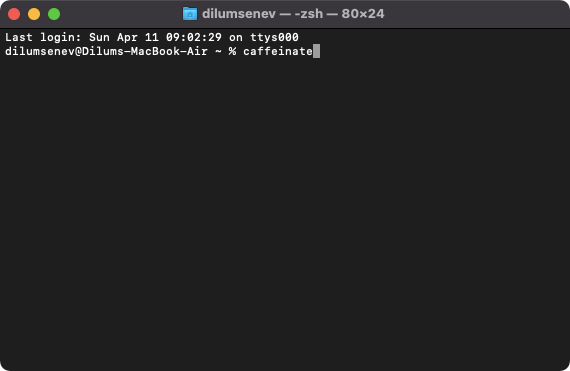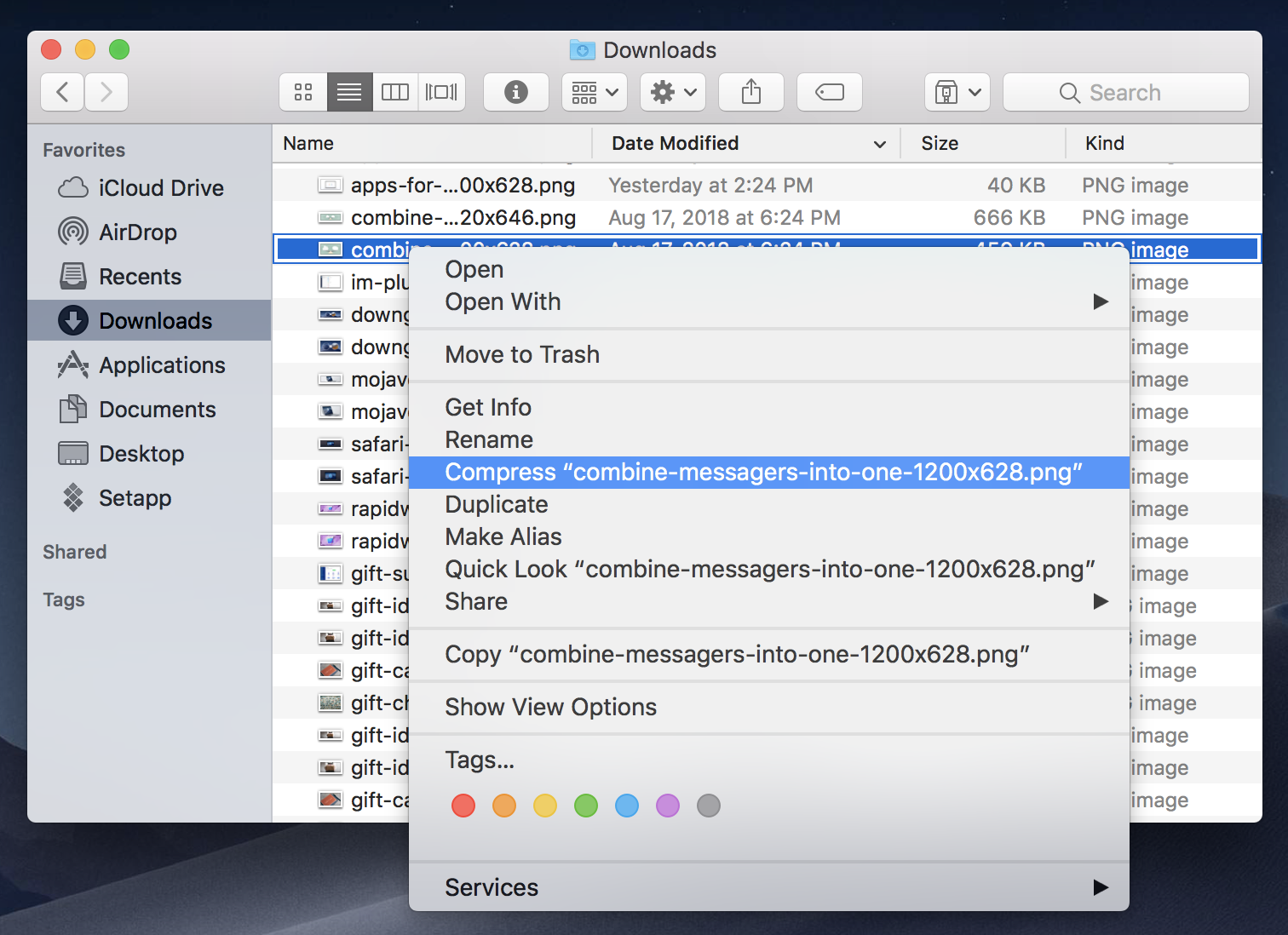

- #Mac os zip terminal for mac#
- #Mac os zip terminal mac os#
- #Mac os zip terminal zip file#
- #Mac os zip terminal archive#
So, to learn more about a command type man, where "command" is the name of the command you want to find out more about. To see a list of all the commands available in Terminal, hold down the Escape key and then press ywhen you see a question asking if you want to see all the possibilities. You should now see a list of all the files in your Documents folder - ls is the command for listing files. Type lsthen Return (you type Return after every command). Type cd ~/Documentsthen and press Return to navigate to your Home folder. So, for example, to move a file from one folder to another on your Mac, you’d use the "move" command mv and then type the location of the file you want to move, including the file name and the location where you want to move it to. To run a command, you just type it at the cursor and hit Return to execute.Įvery command comprises three elements: the command itself, an argument that tells the command what resource it should operate on, and an option that modifies the output. But before we do that, it’s worth spending a little time getting to know how commands work.

The quickest way to get to know Terminal and understand how it works is to start using it. The app collects data like CPU load, disk activity, network usage, and more - all of which are accessible from your menu bar.
#Mac os zip terminal for mac#
Basically, a third-party Terminal for Mac that acts like Finder.įor Mac monitoring features, try iStat Menus. MacPilot allows getting access to over 1,200 macOS features without memorizing any commands. If Terminal feels complicated or you have issues with the setup, let us tell you right away that there are alternatives. If you don’t like the black text on a white background, go to the Shell menu, choose New Window and select from the options in the list. If you want to make the window bigger, click on the bottom right corner and drag it outwards. Bash stands for "Bourne again shell." There are a number of different shells that can run Unix commands, and on the Mac, Bash is the one used by Terminal. In the title bar are your username, the word "bash," and the window's dimensions in pixels. You’ll see a small window with a white background open on your desktop. To open it, either open your Applications folder, then open Utilities and double-click on Terminal, or press Command-space to launch Spotlight and type "Terminal," then double-click the search result. The Terminal app is in the Utilities folder in Applications. See About compressed files in Unix.Curated Mac apps that keep your Mac’s performance under control. The Unix zip utilities are also available from the This will decompress the file or folder and place it in the same directory as the compressed file.Ĭompressed file is not deleted automatically and will remain in the
#Mac os zip terminal archive#
Highlight and right-click the archive you wish to decompress.The original one, there is a chance you will overwrite the original If you choose to create anotherĬompressed archive in the same folder without first moving or renaming
#Mac os zip terminal zip file#
Note: You cannot name the zip file during itsĬreation (the name given by default is archive.zip), but Note that your original files (from which the compressedįile was made) are not deleted automatically, and will remain in the zip file will be created in the same directory as If you do not have a mouse with a right-clickīutton, highlight the selection and hold down the Control key

#Mac os zip terminal mac os#
If you're using Mac OS X, the operating system compresses andĭecompresses zip files for you. Zip is a standard compression and archivalįormat. Before you can read or run all the separateįiles and programs, you must use an archiving program to extract theįiles from the archive. Separate files in one large archive, which often take up less space Information here may no longer be accurate, and links may no longer be available or reliable.Ĭompressed (i.e., archived or zipped) files may contain many This content has been archived, and is no longer maintained by Indiana University.


 0 kommentar(er)
0 kommentar(er)
